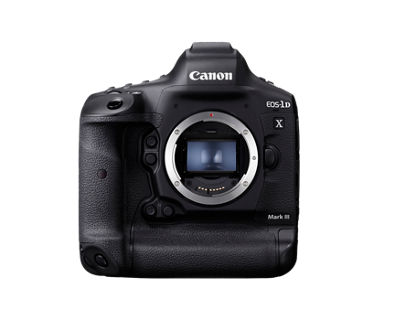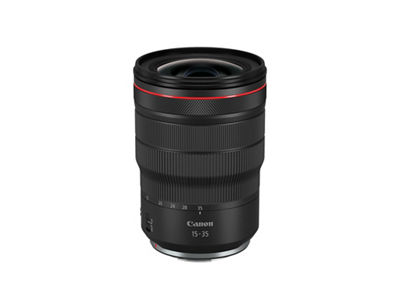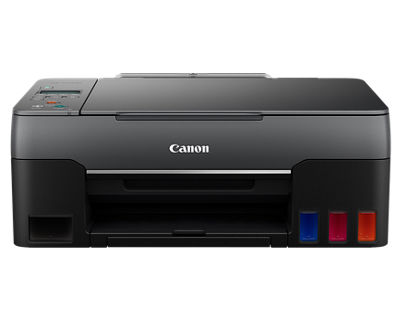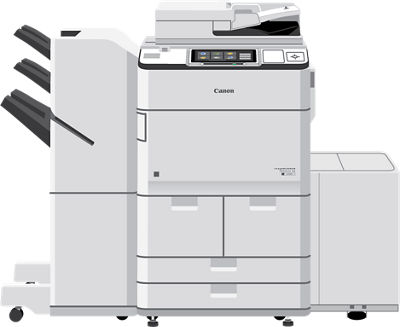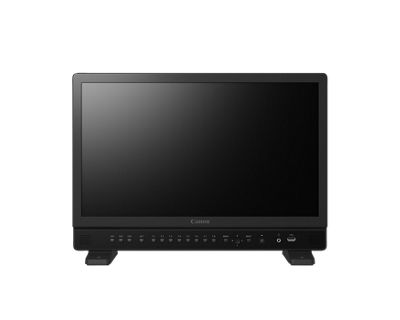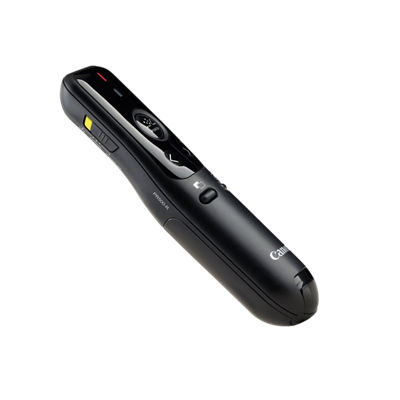
Canon Support

CANON SUPPORT
GET HELP WITH YOUR PRODUCT
Find manuals, software, drivers, and more for your product.
Binoculars
Calculators
Cameras
Copiers, MFPs, Fax Machines
Lenses
Printers
Projectors
PTZ Cameras
Reference Displays
Scanners
Software Applications
Video Cameras
Wireless Presenters
ADDITIONAL SUPPORT RESOURCES
EOS Utility
Find the EOS Utility Software version compatible with your camera.
Wireless Help
Wireless installation instructions for your Canon product.
OS Compatibility
Find compatibility OS information for your Canon product.
How-To-Videos
Get to know your product. Troubleshoot and learn to use your product with video tutorials.
Canon Community
Join our community to ask questions, share knowledge, and connect with others.
Knowledge Base
Find answers and perform your own troubleshooting with the knowledge base.
GET PERSONALIZED SUPPORT
THROUGH YOUR CANON ACCOUNT
Your Canon account is the way to get the most personalized support resources for your products.
Already have an account? Sign In
MORE SUPPORT
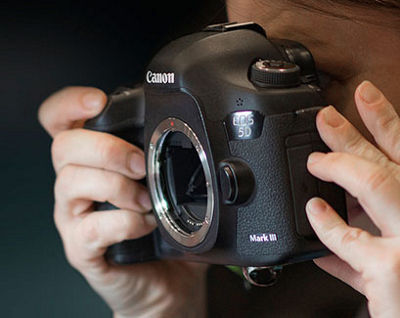
Manage your Canon products and keep them up-to-date

Protect your product with CarePAK
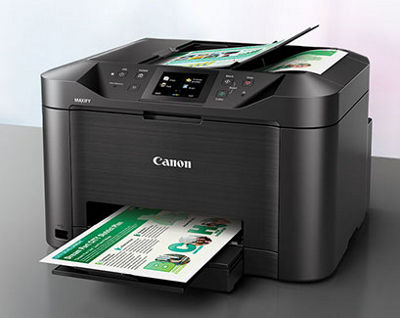
Need a service or repair?
Canon Professional Services
A program designed to offer personalized support for imaging professionals who rely on Canon's award-winning services and support.

LEARN WITH CANON
Discover great new ways to enjoy your products with exclusive articles, training and events.
Learn more



